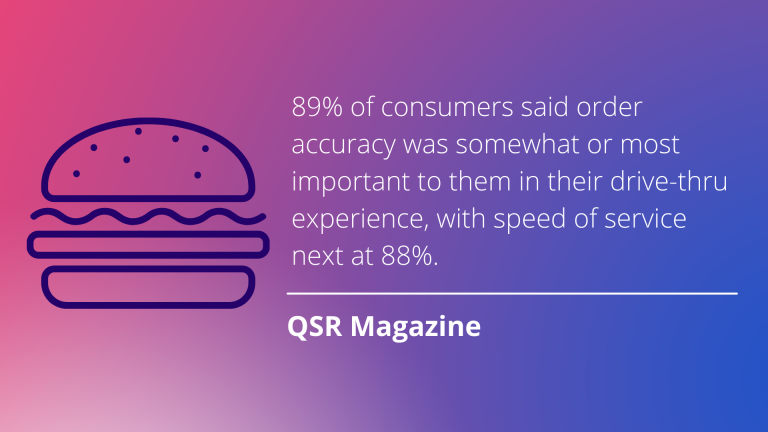Smart home devices, such as a TV, are becoming increasingly popular in both homes and hotel rooms. TVs have evolved from simply playing shows and movies to being a central hub for communicating with a voice assistant. They are usually in a room that people spend a majority of their time in and present another opportunity for brands to engage in voice commerce.
Voice-enabled kiosks can also provide value in-store by helping customers look up the location, price, or any other vital information about an item. They also provide a level of comfort and reassurance to the customer by providing a contactless shopping experience. For employees, voice-enabled kiosks can provide up-to-date inventory information, making it easier for them to give customers the information they need to know quickly and efficiently.
Mobile apps, cars, smart home devices, and kiosks all provide consumers with opportunities to dip into voice shopping whether they are at home, at work, in a hotel, in-store, or behind the wheel. Voice AI is changing how and where customers shop and expanding opportunities beyond the traditional in-store or website options to convenient locations that are increasing in the voice commerce space.
Voice AI is changing the e-commerce space in more ways than how and where customers shop, but also in the very way they think about shopping. According to a survey of over 1,000 consumers by Coupon Follow, the most popular voice-command shopping activities are browsing for new products, creating shopping lists, searching for product reviews, and purchasing products. All of these activities are faster, more efficient, personalized, and hands-free with voice-shopping, shifting the mindset of what consumers can expect their experience to be.









